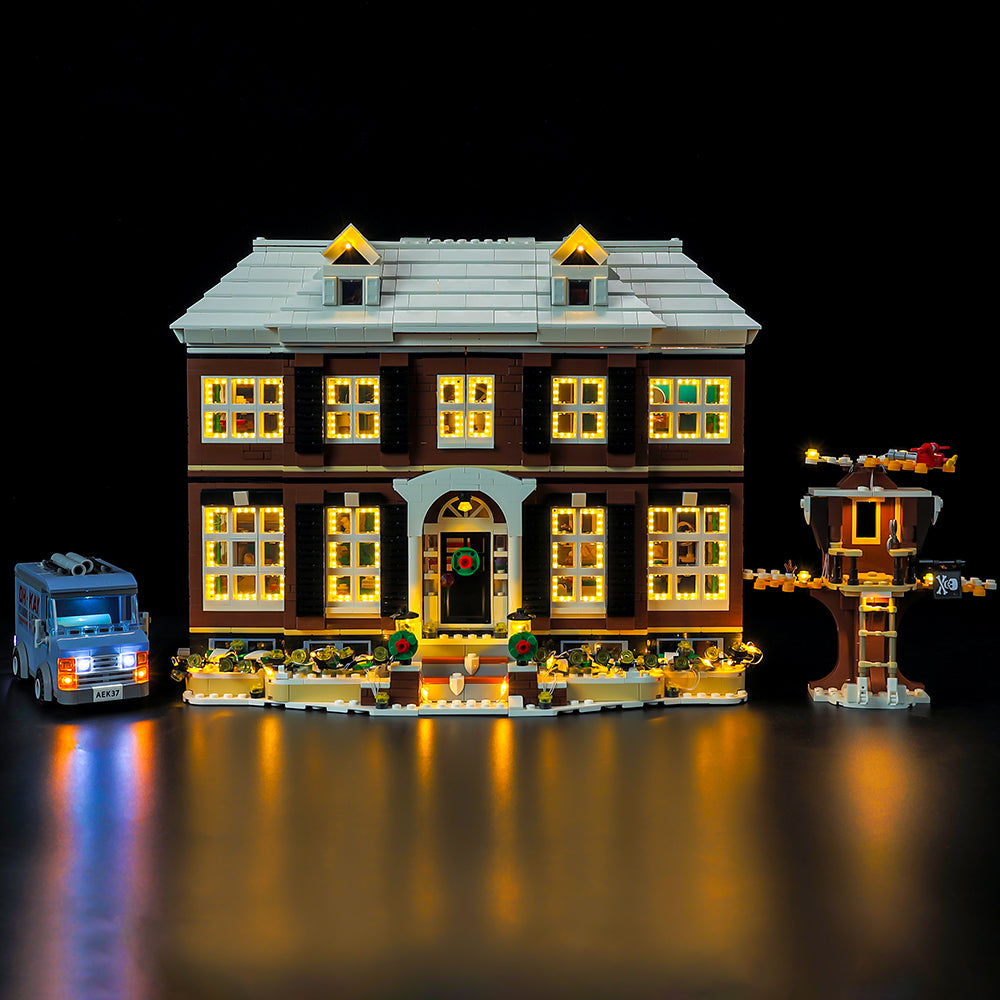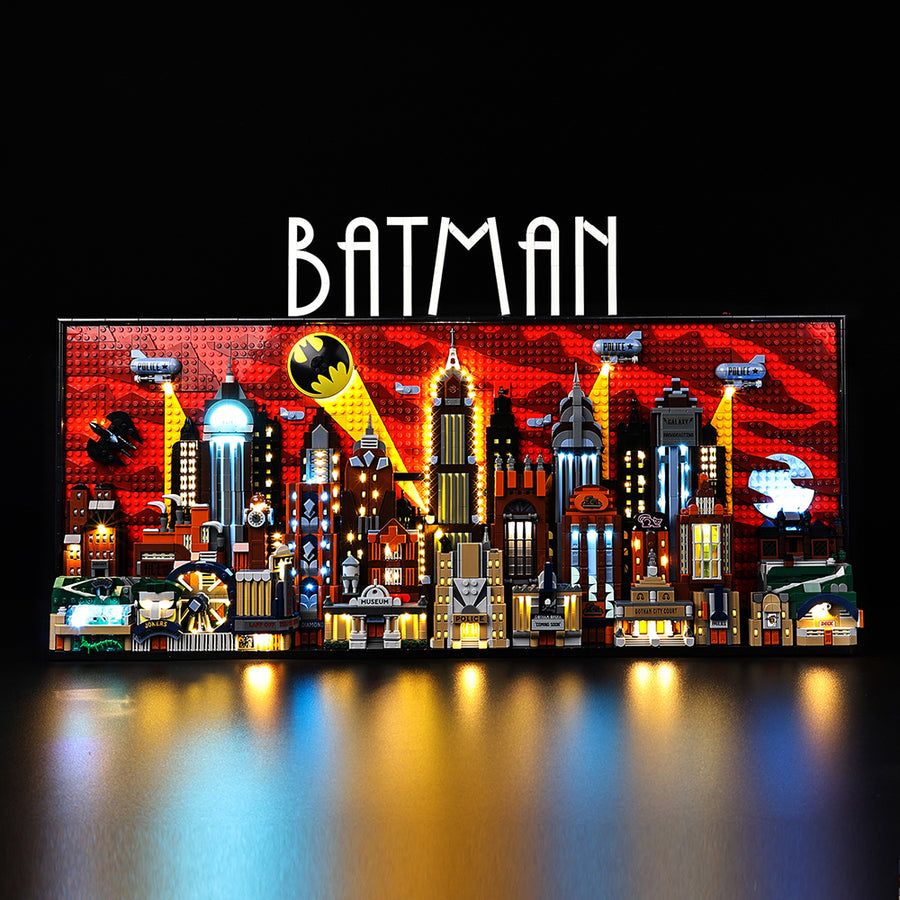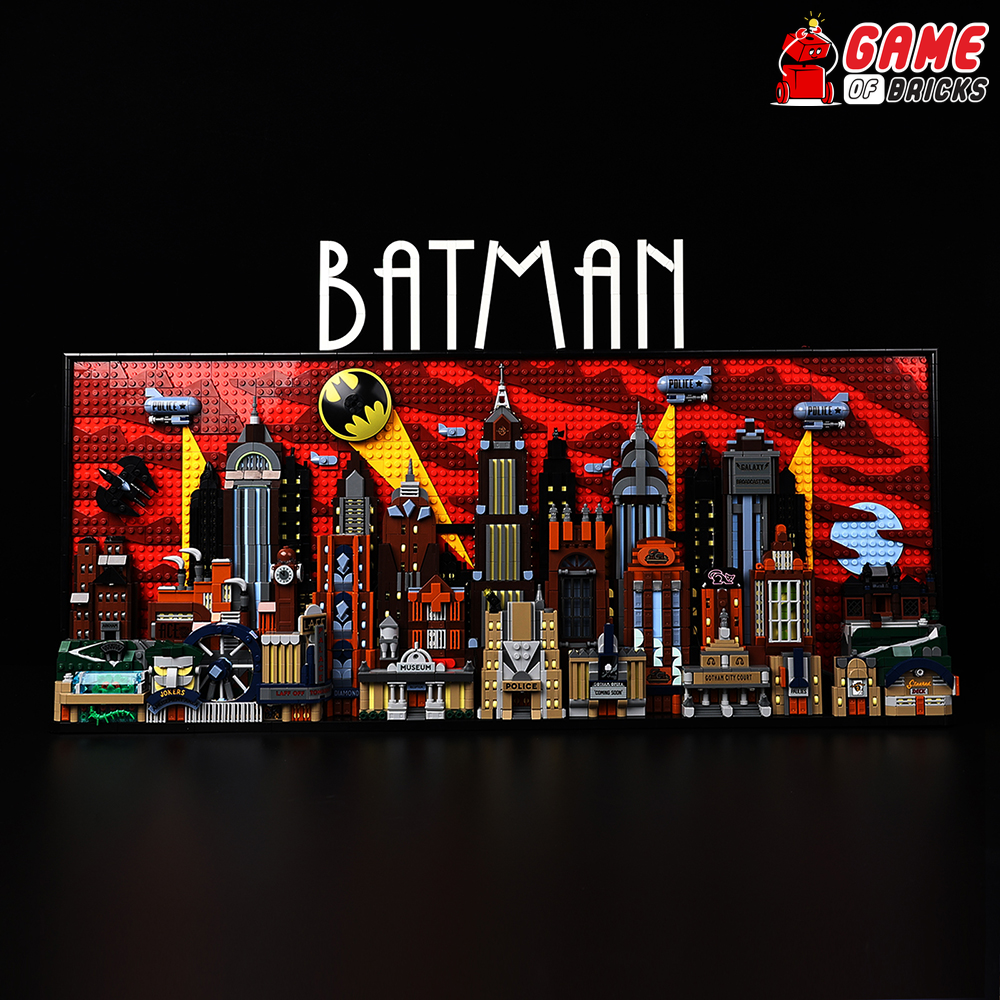LEGO building competitions around the world
Over the years, LEGO building has evolved from being a child's plaything to becoming a competitive sport that brings people from different facets of the globe together every year. With the numerous achievements that this toymaker has achieved, there is no doubt that LEGO is the biggest toy company in the world.
Its gloriousness is evident in the floodlit sets that festoons the high-tech homes and offices of our modern-day society, and on the faces of giggling children building their dream set from the ground up. Almost everywhere you look today, you'll find people smacking two LEGO pieces together to form a set. But while some do it for the fun, others are making their marks on the world's stage.
LEGO competitions are gaining traction across the world, and its all thanks to the company's creativeness. Even though some of these competitions are yet to be recognized internationally, they have become an essential part of the LEGO building experience. Depending on your LEGO building experience and creativeness, you can participate in the regional, national, or international LEGO building competition. The events are fun and categorized to accommodate people of all ages. Thus, regardless of whether you are young or old, you'll find a LEGO competition to suit your needs.
The biggest LEGO competition
With the wake of every new day, different LEGO competitions are popping up on the internet. But most of them are still small-time compared to Internationally recognized competitions. If you want to compete against the best of the best in LEGO building, then you must be ready to compete on the international stage. With that said, only one competition can afford you this opportunity; the First LEGO League challenge (FLLC).
If this is your first time hearing about the FLLC competition, it's the biggest LEGO competition on earth. This competition is not for the faint-hearted or novices; it is for people who are committed to LEGO building and have acquired a wealth of experience on the subject. If you don't know the chops and tricks of LEGO building, you'll have a hard time competing against other participants in the FLLC competition. The competition takes place every year, giving opportunities to the best of the best LEGO builders to display their skills.
When it comes to fun and entertainment, the FLLC event is where you want to be. The events are categorized based on the ages of the contestants, and they are worthwhile to watch. The only drawback is that you can't participate in the competition once you have exceeded the age range specified by the organizing company. Presently, only middle school students and elementary school goers (age 9- 16) can participate in the First LEGO League challenge.
While we expect a reexamination of this restriction in the future, people older than 16 years of age will have to make do with watching their favorite contestants compete. For a better understanding of the First LEGO League challenge, here is a brief overview of what the FLLC competition is all about.
Overview of the First LEGO League challenge
The First LEGO League challenge is an internationally recognized competition convened by FIRST.
Founded by Dean Kamen and Woodie Flowers, FIRST (For Inspiration and Recognition of Science and Technology) is a globally recognized youth Company that focuses on creating technology-based competitions for people of different cultures and ages. The company is renowned for creating some of the best competitions across the globe including the FIRST Robotics Competition, FIRST Tech Challenge, FIRST LEGO League explores, and FIRST LEGO League challenge competitions.
As a company, FIRST hopes to inspire students across the world to strive for more in engineering and technology. The FIRST LEGO League challenge competition is the company's latest stride towards that commitment, and it has proven to be the most successful LEGO competition ever seen. Over the past few years, thousands of people have competed on the FLLC platform. From local to national and international, the FLLC competition has captured the hearts of every LEGO builder there. Thus, as the competition gets bigger and better, we expect to see more and more people on the FIRST platform.
History of FLLC
Known formerly as FIRST LEGO League, The FIRST LEGO League challenge debuted in the year 1998 as a robotics focused game. Although the game has since grown to become a competition that tackles real-world problems, it was introduced to help students horn their robotics, engineering, and technological skills. The company bills itself as an organization that is more than just robots, and it lives up to this claim by providing advanced solutions to some of the world's pressing issues.
Every year in August FIRST invites teams from different nations to compete against each other based on a chosen topic. The theme of the competition changes every year and it focuses on a scientific or real-world problem. During the competition, the selected teams will research on the theme, and program/design LEGO Mindstorms to tackle the problem. There are different tiers to the competition and depending on the legitimacy of the solution provided, a team can compete at the regionals, national, and international levels.
As the teams compete against each other through the different tiers of the tournament, they share knowledge, display robots, and compare ideas. Thus bridging the gap that exists between students of different cultures, backgrounds, and experiences.
What to expect in the FIRST LEGO League challenge
Just like other internationally recognized competitions out there, FLLC starts with a bit of education. At the start of the season, the event organizers will send a set of materials to designated teams to apprise them about the forthcoming tournament. This set will contain the rules and regulations that participants have to follow during the tournament, a challenge mat, LEGO mechanical and electronic components, and a step by step guide for achieving the challenge mat. Collectively, the items contained in the set issued to each competing team is called a challenge set.
Along with the issued sets, the registered teams will receive a list of tasks (missions) from the organizers of the competitions. They are to tackle the missions using models from the challenge mat, and it is up to them to choose an appropriate strategy for completing the task. But while contestants are free to complete the mission however they see fit, they are required to use the Mindstorm robots in the execution of the tasks. On top of that, they are restricted from using external help for the execution of their missions.
The building experience
The moment the challenge set is handed out to a team, they'll have 8 weeks to complete their mission. Within this period, the team must research, analyze, build, and program the LEGO Mindstorms robot described by the set. Also, the team must use the programmed robot to fulfill their missions. But there is a catch.
Amongst other things, FIRST requires that the LEGO Mindstorms robot created by participants consists of no more than four motors and one Mindstorms programmable block. On top of that, the robot must be self-sufficient.
The judging sections
All things considered, the FLLC competition has the most comprehensive judging sections in the world. Apart from the Robot challenge or robot run, which is the life of the event, there are 3 judged sections. The sections include core values, robot design, and project. In the core values section of the FLLC competition, the teams are engaged with team building activities and they are judged based on their collaborative, inspirational, and teamwork capacities.
In the second section, robot design, the teams are judged technically based on the design of their LEGO Mindstorms robots. Each team will be invited to demonstrate the programming, mechanics, and innovation/strategy used in the execution of their LEGO Mindstorms robot. The sole purpose of this judging section is to see how well prepared the robots are for the table performance stage of the competition.
The next stage of the competition is the project. In this section of the competition, the teams are asked to do a short presentation on the designated theme of the competition. It is a 5-minute presentation and the teams are expected to use that time to demonstrate an innovative or modified idea that would help solve the annual problem. Then the fun begins.
The table performance
There is no doubt that the table performance is the most entertaining aspect of the FLLC competition. If you have the pulse for LEGO-building, the table performance is for you. This section of the competition is where the teams compete against other teams with their robots.
When the table performance begins, the teams will be invited to compete on an official challenge mat similar to the one provided at the beginning of the competition season. Only two members of the team are allowed at the table during the match. But they can be substituted with other members of the team if their robot breaks down or there is a malfunction in its programming. No extra robots are allowed, and external help will result in disqualification.
Conclusion
Overall the FLLC competition is an entertaining competition that every LEGO lover out there should be a part of. Though it is tough, it gets easier with consistent practice. For best results, practice with any of the motor-focused LEGO sets fully equipped with LEGO lights.
31 comments
Top














I am keen to register for my son too.
Is it for kids. I want to register for my son.
Is this for kids? How do I register my son if so?
How to participate?
Is it for kids?
Leave a comment